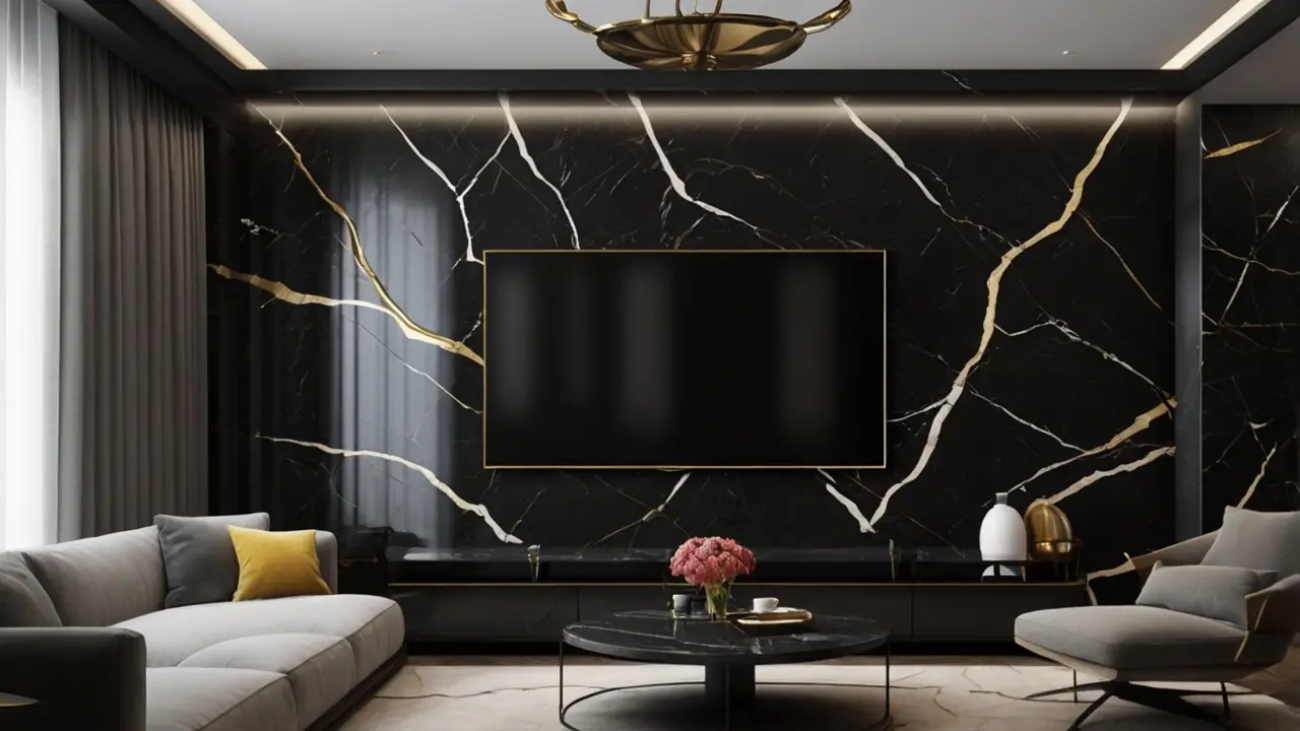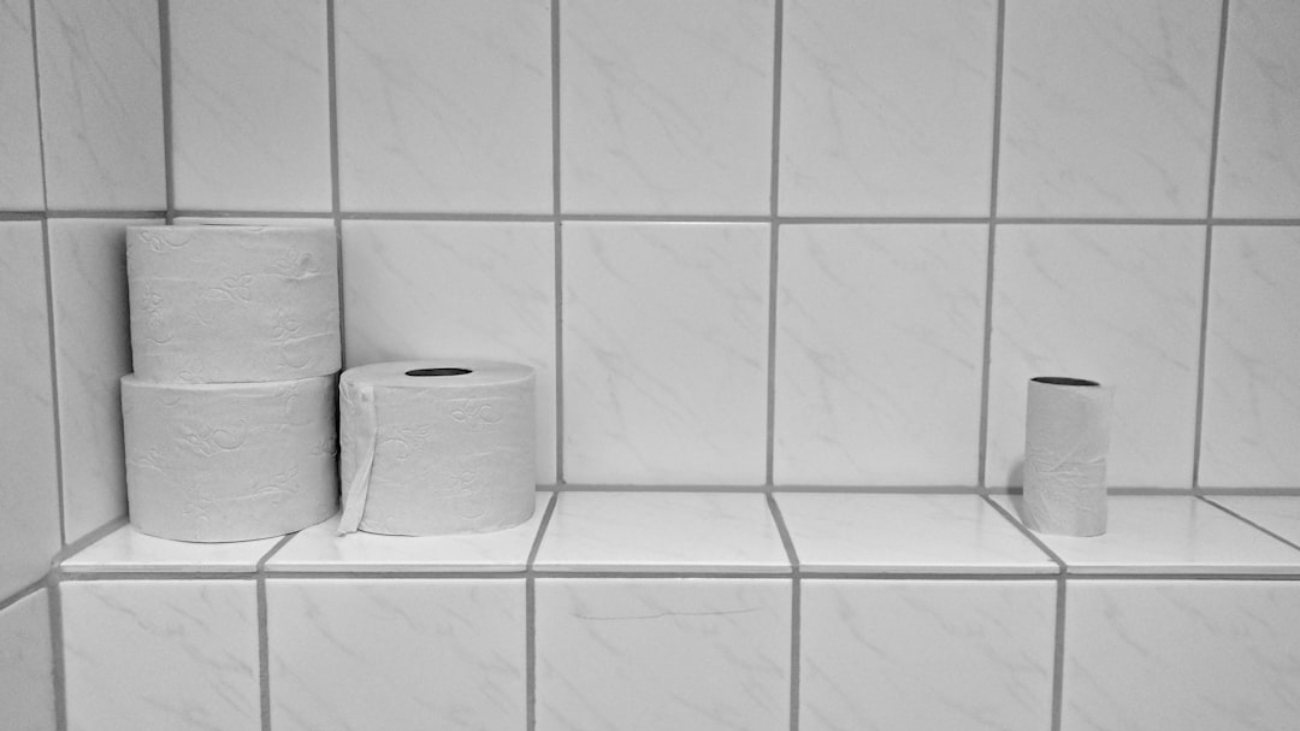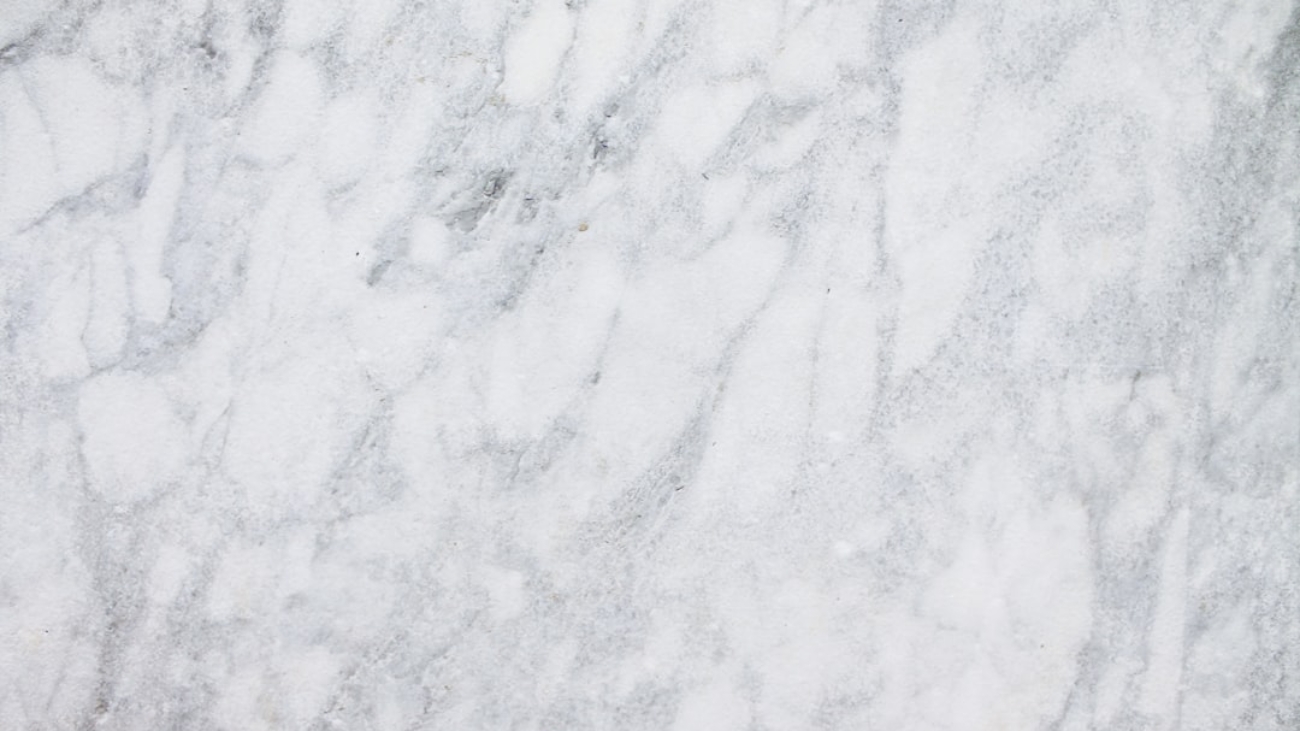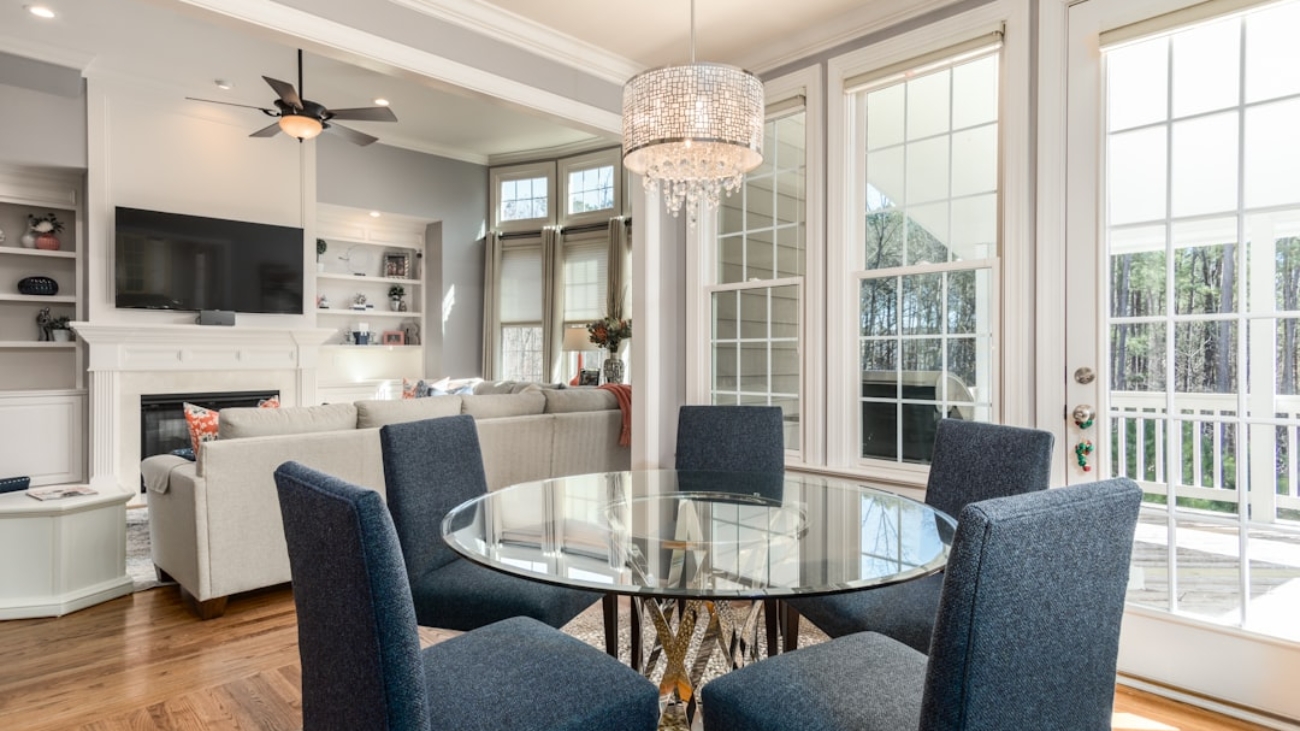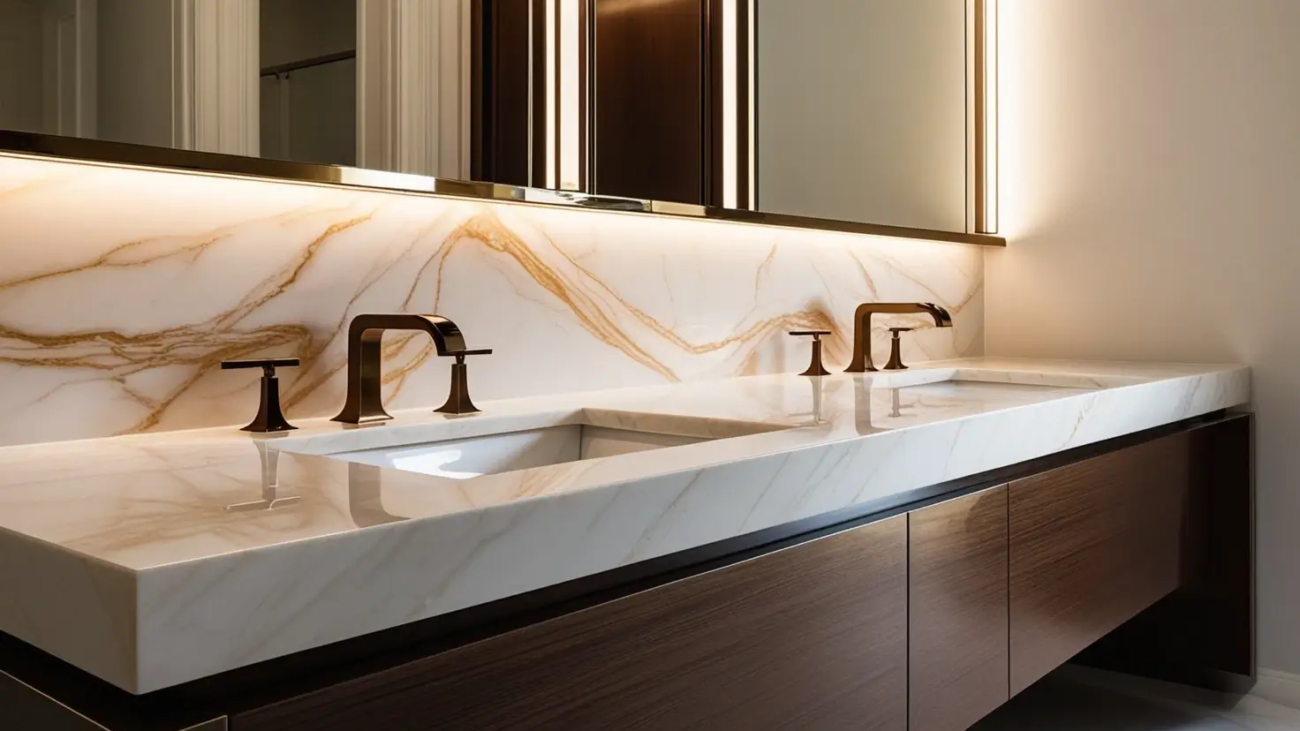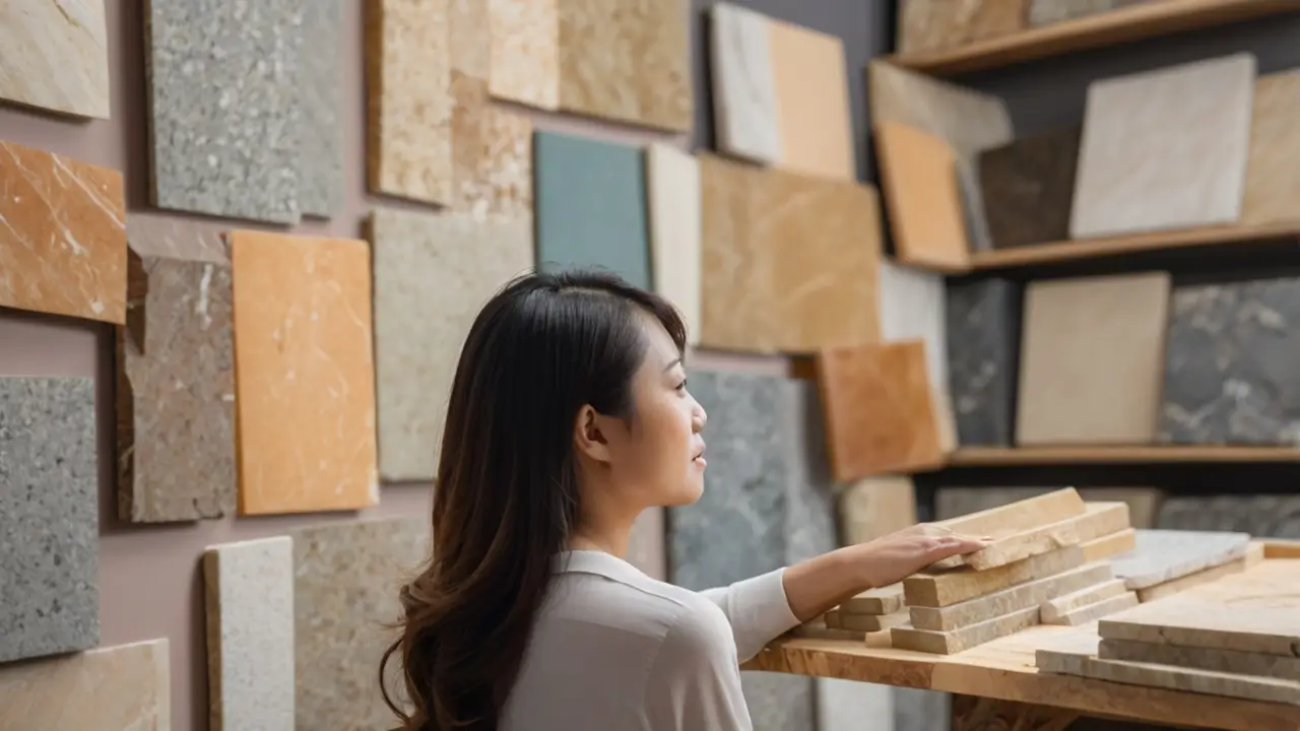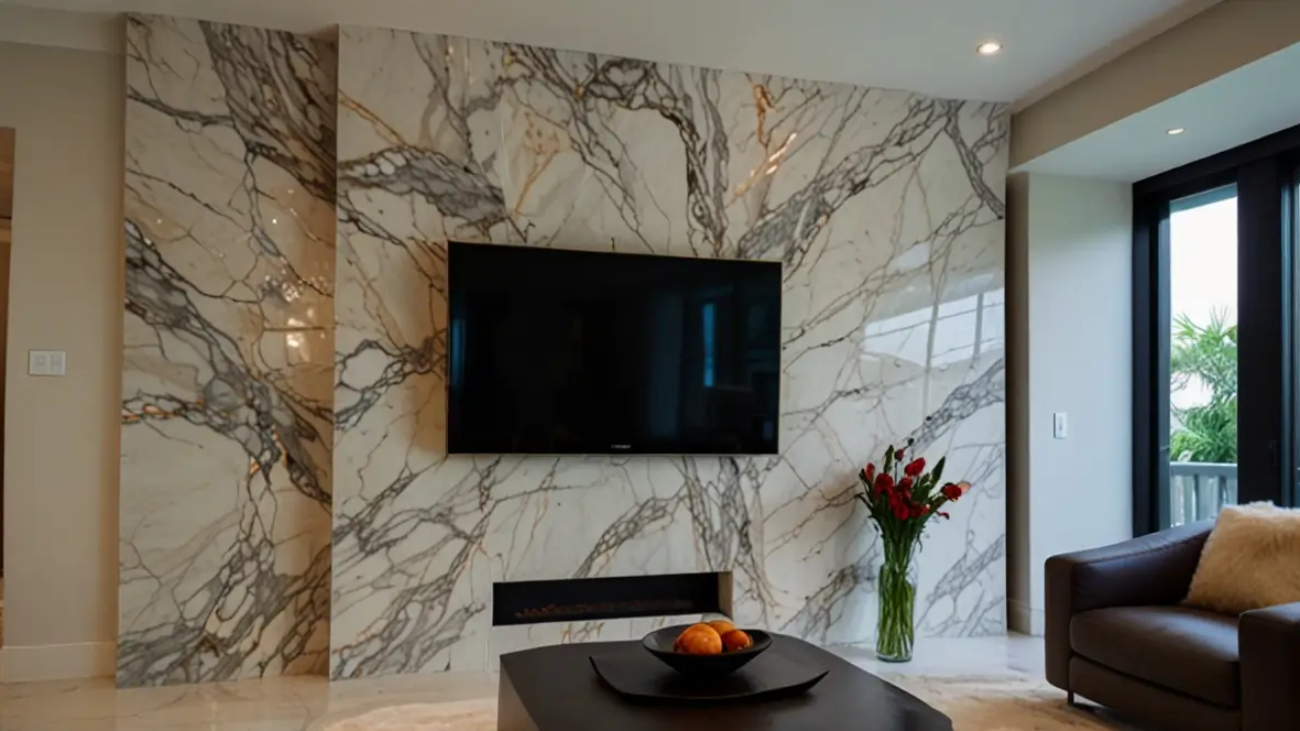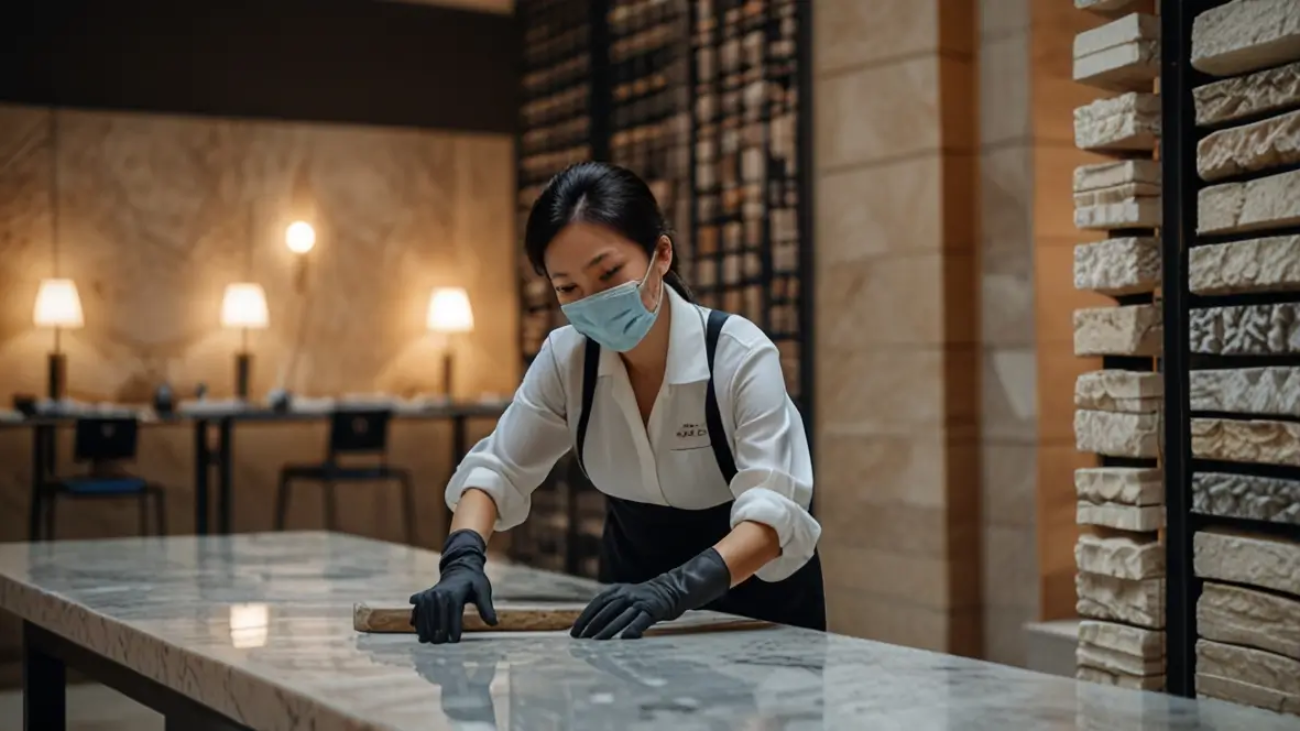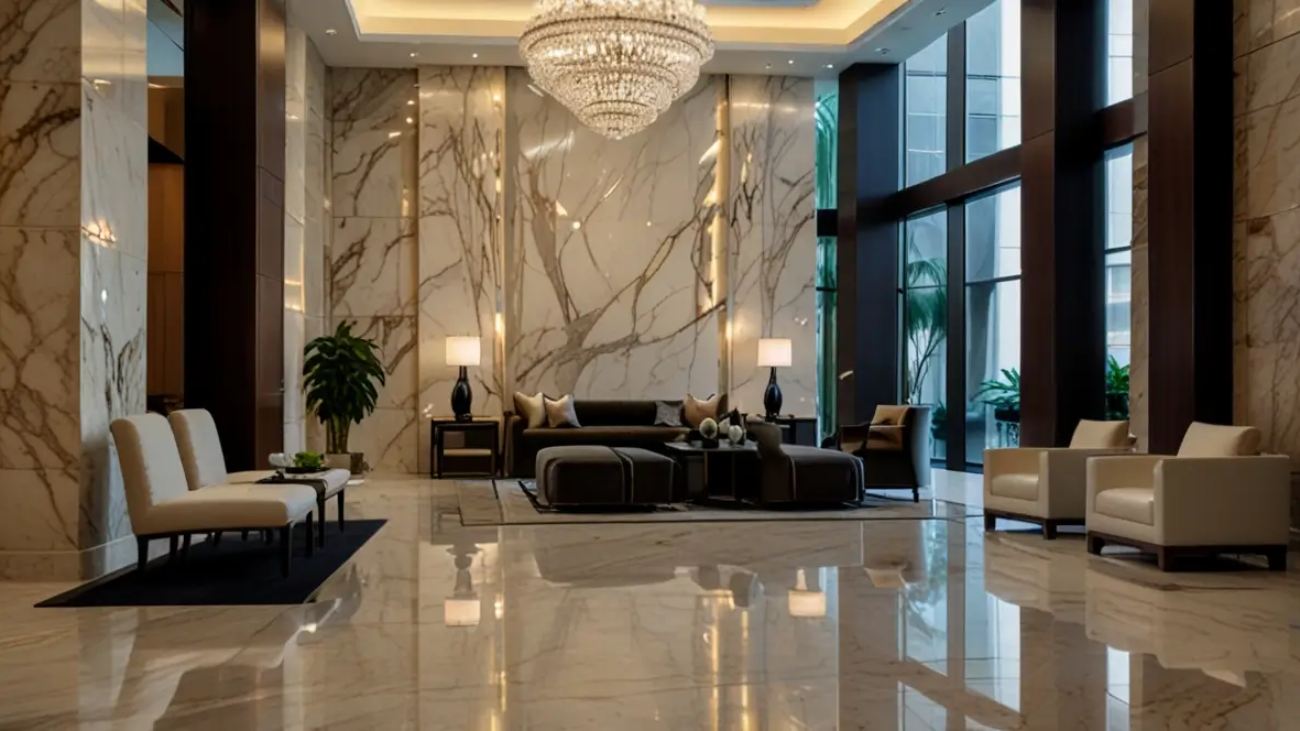In recent years, the trend of using black marble for TV wall design has gained immense popularity among homeowners. This luxurious material not only adds a touch of elegance to any living space but also serves as a stunning backdrop for your television. The deep, rich tones of black marble create a striking contrast against lighter furniture and decor, making it a focal point in the room.
As more people seek to elevate their home interiors, black marble has emerged as a preferred choice for those looking to combine style with functionality. Whether you are renovating your living room or designing a new space, incorporating black marble into your TV wall can transform the overall aesthetic of your home. Black marble is not just about looks; it also offers durability and versatility.
This natural stone is known for its strength and resilience, making it an ideal material for high-traffic areas like the living room. With its unique veining patterns and glossy finish, black marble can complement various design styles, from modern minimalism to classic elegance. As you consider options for your TV wall, think about how black marble can enhance your space while providing a timeless appeal that will never go out of style.
The combination of beauty and practicality makes black marble an excellent choice for homeowners who want to create a sophisticated atmosphere in their homes.
Advantages of Using Black Marble for TV Wall Design
The Aesthetic Appeal of Black Marble
Using black marble for your TV wall design can create a dramatic visual impact, elevating the overall design of your living space. The deep black color can anchor the room, providing a sense of depth and richness that lighter materials simply cannot achieve. This bold choice can make your living space feel more luxurious and inviting.
Uniqueness and Natural Beauty
Black marble‘s natural patterns and textures add an element of uniqueness to each installation, ensuring that your TV wall is one-of-a-kind. Homeowners can enjoy the beauty of nature right in their living rooms, as no two pieces of marble are exactly alike. This unique characteristic makes black marble a standout choice for those seeking a distinctive design.
Practical Benefits and Durability
Black marble is not only aesthetically pleasing, but it is also incredibly durable. Unlike other materials that may chip or fade over time, black marble is resistant to wear and tear, making it an excellent long-term investment for your home. It can withstand heat and moisture, which is particularly important in areas where electronics are used frequently. Furthermore, maintaining the appearance of black marble is relatively easy; regular cleaning with mild soap and water can keep it looking pristine.
A Stylish and Functional Choice
The combination of aesthetic appeal and practical benefits makes black marble an ideal choice for homeowners who want a stylish yet functional TV wall design. Its unique blend of natural beauty, durability, and ease of maintenance makes it a popular choice for those seeking a high-quality and long-lasting design solution.
Tips for Incorporating Black Marble TV Wall Design in Your Home
When incorporating black marble into your TV wall design, it’s essential to consider the overall layout and color scheme of your room. Start by assessing the existing decor and furniture to ensure that the black marble complements the surrounding elements. For instance, if your living room features light-colored walls and furniture, a black marble TV wall can create a stunning contrast that draws attention to the television area.
Additionally, consider using accent lighting to highlight the beauty of the marble, such as LED strips or spotlights that can enhance its natural veining and shine. Another tip is to think about the size and scale of the black marble installation. A large slab of black marble can make a bold statement, but it’s crucial to balance it with other design elements in the room.
If you have a spacious living area, a grand black marble feature wall can serve as a striking focal point. However, in smaller spaces, consider using smaller panels or tiles to create a more subtle effect. This approach allows you to enjoy the elegance of black marble without overwhelming the room.
Ultimately, the key is to find harmony between the black marble TV wall and the rest of your home’s design.
Black Marble TV Wall Design Ideas for Different Room Styles
Black marble can seamlessly fit into various room styles, making it a versatile choice for homeowners. For modern interiors, consider a sleek and minimalist approach by using large slabs of polished black marble as a backdrop for your television. Pair this with minimalist furniture and decor to create a clean and sophisticated look.
You can also incorporate geometric shapes or lines in your furniture design to enhance the contemporary feel of the space. This combination will create an elegant yet understated environment that showcases the beauty of the black marble. In contrast, if you have a more traditional or classic style home, you can still incorporate black marble into your TV wall design effectively.
Opt for ornate frames or cabinetry that complement the rich texture of the marble. You might choose to add decorative elements such as vintage mirrors or artwork that harmonize with the dark tones of the marble. This approach creates a warm and inviting atmosphere while maintaining an air of sophistication.
By blending traditional elements with modern materials like black marble, you can achieve a timeless look that feels both elegant and welcoming.
Maintenance and Care for Black Marble TV Wall Design
Caring for your black marble TV wall is essential to ensure its longevity and maintain its stunning appearance. Regular maintenance involves simple cleaning practices that can prevent dirt and grime from building up on the surface. Use a soft cloth or sponge with mild soap and warm water to wipe down the marble periodically.
Avoid using harsh chemicals or abrasive cleaners, as these can damage the surface and dull its shine over time. By establishing a routine cleaning schedule, you can keep your black marble looking fresh and vibrant. In addition to regular cleaning, it’s important to protect your black marble from potential damage.
Consider applying a sealant specifically designed for natural stone surfaces to help prevent stains and scratches. This protective layer will make it easier to clean spills and maintain the integrity of the marble over time. If you notice any scratches or dull spots on your black marble surface, consult with a professional stone restoration service to restore its original beauty.
With proper care and attention, your black marble TV wall can remain a stunning feature in your home for many years.
Cost Considerations for Black Marble TV Wall Design
Understanding the Costs of Black Marble TV Wall Design
When planning to incorporate black marble into your TV wall design, it’s essential to consider the associated costs. The price of black marble can vary significantly based on factors such as quality, source, and installation complexity. High-quality slabs may come at a premium price but offer superior durability and aesthetic appeal.
Factors Affecting Installation Costs
Additionally, if you choose intricate designs or custom cuts, this may further increase installation costs. It’s advisable to set a budget before starting your project so you can explore options that fit within your financial plan. Moreover, don’t forget to factor in installation costs when budgeting for your black marble TV wall design.
The Importance of Professional Installation
Hiring professionals with experience in working with natural stone is crucial to ensure proper installation and avoid potential issues down the line. While DIY projects may seem appealing for cost-saving purposes, improper installation can lead to costly repairs later on. Therefore, investing in skilled labor may ultimately save you money in the long run by ensuring that your beautiful black marble wall is installed correctly from the start.
Black Marble TV Wall Design as a Timeless and Elegant Choice
In conclusion, incorporating black marble into your TV wall design is an excellent way to enhance the elegance and sophistication of your home. Its striking appearance combined with durability makes it a timeless choice that suits various interior styles. Whether you prefer modern minimalism or classic charm, black marble can adapt beautifully to your design vision while serving as a functional backdrop for your television setup.
As homeowners continue to seek ways to elevate their living spaces, black marble stands out as an option that offers both beauty and practicality. Ultimately, investing in a black marble TV wall design not only adds value to your home but also creates an inviting atmosphere for family gatherings and entertainment. With proper care and maintenance, this stunning feature can remain a focal point in your home for years to come.
So if you’re considering an upgrade or renovation in your living space, think about how black marble can transform your TV wall into an exquisite centerpiece that reflects your personal style while providing lasting elegance.
If you’re considering a black marble TV wall design, you might also be interested in exploring how marble can enhance other areas of your home, particularly the kitchen. Marble is not only aesthetically pleasing but also offers several benefits when used in kitchen designs. For a deeper understanding of how to incorporate marble into your kitchen, and to explore its advantages, check out this related article on the benefits of using marble in a modern kitchen design. This guide provides valuable insights that could complement your ideas for a black marble TV wall, ensuring a cohesive and stylish interior design.
FAQs
What is a black marble TV wall design?
A black marble TV wall design refers to the use of black marble as a material for creating a visually appealing and luxurious backdrop for a television in a living room or entertainment area.
What are the benefits of a black marble TV wall design?
Some benefits of a black marble TV wall design include its elegant and sophisticated appearance, its durability, and its ability to add a touch of luxury to the space.
How can a black marble TV wall design be incorporated into a home?
A black marble TV wall design can be incorporated into a home by using black marble slabs or tiles to create a feature wall behind the television. It can also be combined with other design elements such as built-in shelving or lighting to enhance the overall aesthetic.
What are some considerations when using black marble for a TV wall design?
When using black marble for a TV wall design, it’s important to consider factors such as the size and layout of the space, the lighting in the room, and the maintenance requirements of the marble. Additionally, it’s important to ensure that the installation is done by a professional to ensure proper support for the television and to prevent any damage to the marble.
Are there alternative materials that can be used for a TV wall design?
Yes, there are alternative materials that can be used for a TV wall design, such as other types of natural stone, wood, metal, or even wallpaper or paint. Each material offers its own unique aesthetic and practical considerations.

